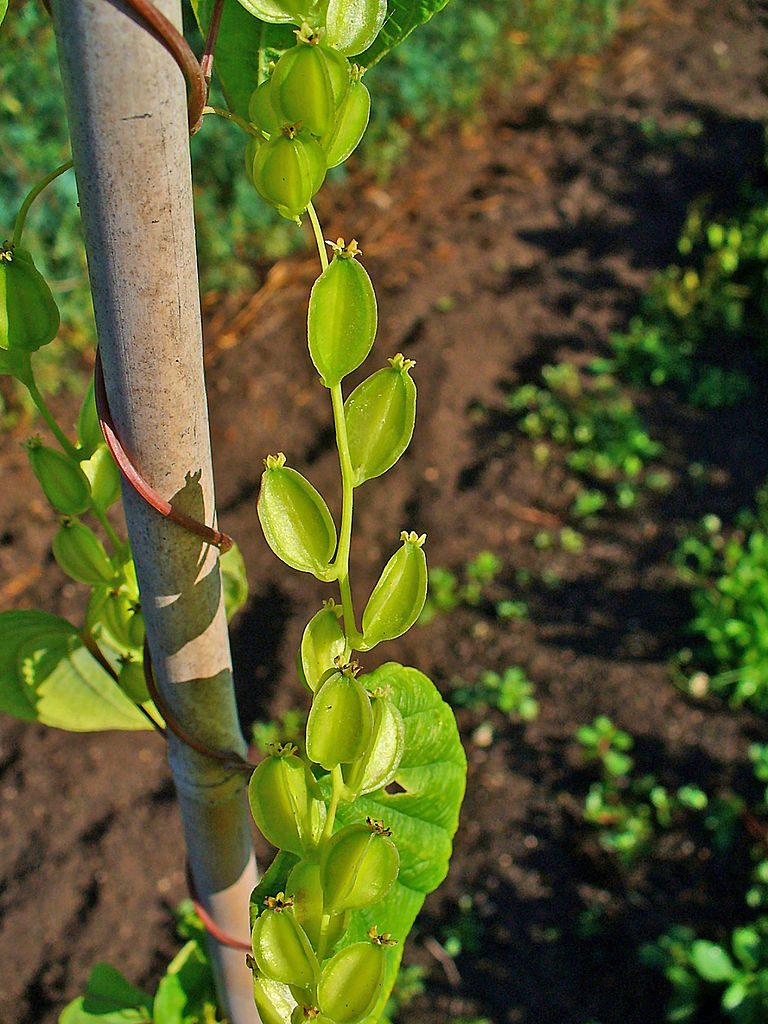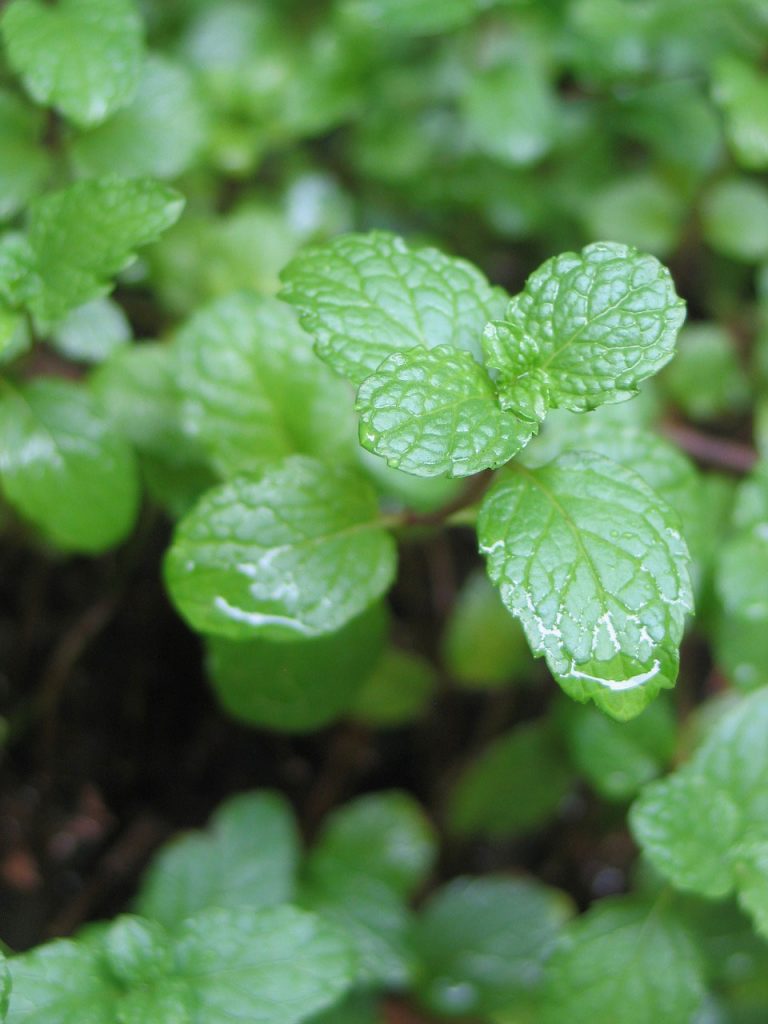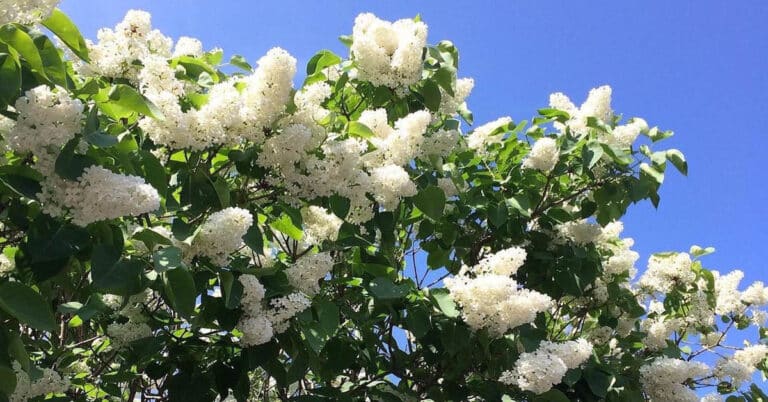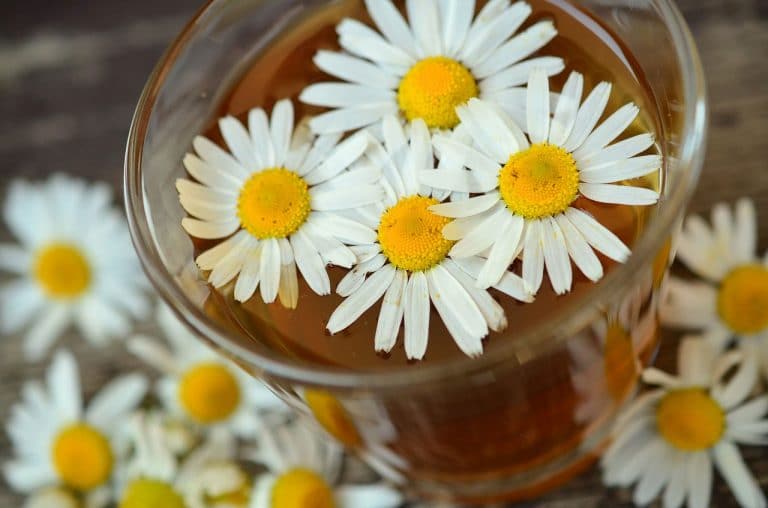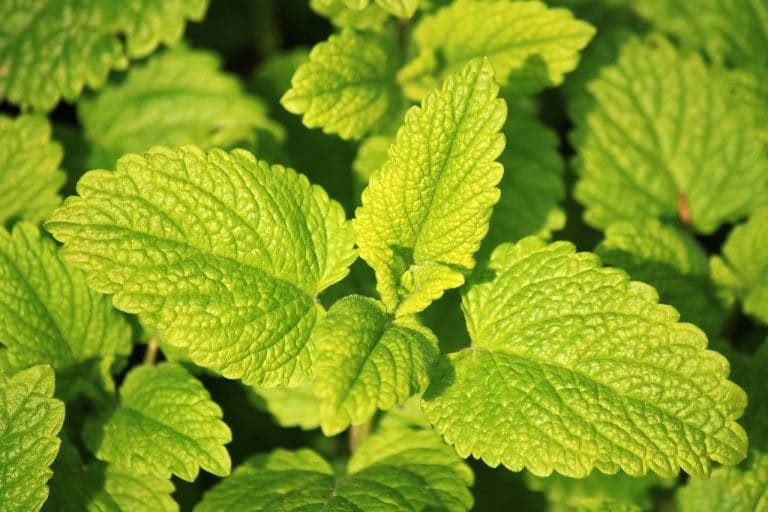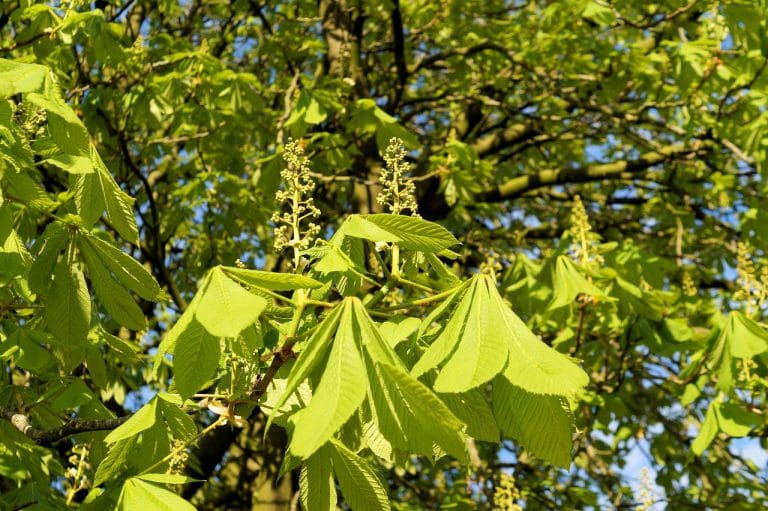Senna
Scientific Classification
| Kingdom: | Plantae |
| Order: | Lamiales |
| Family: | Ulmaceae |
| Genus: | Ulmus |
Senna is a flowering plant. It is also known as locust plant, wild senna, and Cassia Senna. There are 260 to 350 species of this plant which includes trees, shrubs, and herbs. It is a semi-evergreen to a deciduous plant belonging to the family Fabaceae. Commonly it is used for its laxative properties, especially to treat constipation, and is also used to clear the bowels before a colonoscopy. Its fruits and leaves are used in making medicines. It is safe and is available without a prescription. But, high doses can cause severe problems. It is very beneficial to humans. There are many ways of taking this herb. It can be taken as a capsule, juice, milk, and also as tea. It is a perennial herb that is also cultivated as an ornamental tree. The roots, leaves, and pods of this plant contain Rhein, aloe-amine, ISO-Rhein, Kaempferein, and Sinusoids A, B, C, D, and G in the form of the compound Glycoside.
History
In India, as a laxative, Senna has been used for thousands of years. Senna is an Arabian name. As an herb, it was firstly used by the Arab physicians. It is an ancient drug which is obtained from the pods and dried leaves of the plant. It is used as a purgative. For centuries, its fruits and flowers have been used in folk medicine as a stimulant and a laxative. It is a very helpful herbal medicine and is a very common medicine for breathing. The Cherokees used its bruised root for dressing sores and to cure fever with black spots and also in paralysis. As an infusion, in Unani and Ayurvedic system, it is considered as great tonic. In the 18th century, in India, this plant was first introduced and grown as an annual crop.
Anatomy
The leaves of the senna plant are pinnate with opposite pairs of leaflets. Its leaflets are green to bluish green in color and are 3 to 9 in pairs. Its flowers have five yellow petals and five sepals. As compared to its leaf, its fruit is gentler. Its flowers are yellow and are borne in the clusters at the tips of branches. Its leaves are used in non-prescription medicine. It grows 3 to 12 feet in height with a straight stem. Its stem is woody. Its seed pods are cylindrical in shape and are 24 inches long. These seed pods have a woody brown shell. The space is filled with pulp within the seeds and the pods. Its flowers bloom in the summer season. After flowering, its fruits occur and mature into brown seed pods. These seed pods are up to 12 cm long. Its seeds are black in color and they have 5 to 20 seeds per pod. This plant is pollinated by bees.
Habitat
Senna is native to arid regions of Arabia and Egypt, and it commonly it grows in China and India. It is a small shrub found in North Africa. It found in Brazil, Amazon and tropical areas of South, central and North America. It is found in warmer climates. It is native to Sudan and Nigeria. Except Europe, it is found in all the continents in the tropical and subtropical regions. It is a drought resistant plant. In India it is cultivated in Tamil Nadu, Gujarat and Rajasthan
Soil for Planting
The senna plant requires well drained soil. It grows in loamy soil, gravel and alluvial soil. It also grows in clayey soil. It grows well in sandy and lateritic soil of low to moderate fertility. Moderate quality garden soil is also ideal for it. Pruning is also good for it. Pruning helps in maintaining its shape.
Planting
The senna plant grows from seed. The best time of sowing seeds is in either autumn or in the summer season. Its seeds have to be sown at the 3mm deep. For germination, it takes seven to eight weeks. It grows well in large pots which are filled with potting soil.
Watering
The Senna plant requires deep watering. Regular watering is ideal for the growth of the plant. After planting, in the growing season, it requires water regularly. But once it establishes, it requires water in dry periods only when the soil begins to dry out. But it is sensitive to heavy rainfall and waterlogged conditions.
Temperature and Humidity
The Senna plant requires warm climate. It requires 70 degree to 75 degree F. It cannot survive in low temperate climates. A low temperature affects its germination. During the growing season it prefers dry weather.
Flowering and Maturing Care
Once Senna plant established it requires regular fertilization and caring. Full sunlight and good drainage is essential for good growth of the plant. Two inch layers of mulch in the fall are good for the plant, because mulch protects the roots of the plant from winter and also retains moisture in the soil. To maintain the plant properly, its dead branches and leaves have to be cut out.
Harvest
The leaves of the Senna plant are picked or harvested during the flowering season. The pods are picked in the fall when they ripen. In China it is harvested in the month of September when its leaves are dried in the sun. It is used raw. Its picking is done by hand.
Pests and Pesticides
The Senna plant is affected by pests and diseases. Insects like white flies and Aphids affect the plant. Aphids attack on the leaves of the plant. Small white flies also harm the plant. Pod Borer Pests also attack the pods of the plant. In high humid conditions, the larvae of white butterflies cause damage to the plant. The leaf spot disease also causes severe damage to the plant. Caterpillars also feed on the plant. These pests and diseases are controlled by spraying insecticides.
Uses
Senna is used in many herbal teas for weight loss and purging. It is used in killing intestinal worms; reducing fever and the problem of indigestion. It is used to treat hemorrhoids and ringworm. North African peoples use it to heal stomach pain. A paste of its leaves is used to treat various skin diseases. It is used as an ingredient in milk. Its resins, extracted oil and tannins are used as a cleansing agent. These things give a fair complexion. In Ayurvedic medicine, it is used to treat jaundice, liver disease, skin problems, bronchitis, anemia, typhoid fever and Splenomegaly. It is also used in the treatment of Gout, Tumor, and Cholera, Splenic Enlargement and foul breath. In the form of a confection, its leaves are used to treat hemorrhoids. Its powdered leaves used to remove acne. Cassia gum is an extract of the seed; it is used for thickening products. Its other species is used as a dye for hair.

Having discovered a fondness for insects while pursuing her degree in Biology, Randi Jones was quite bugged to know that people usually dismissed these little creatures as “creepy-crawlies”.


